Caeleb Dressel, Kyle Chalmers on Collision Course for Gwangju 100 Free
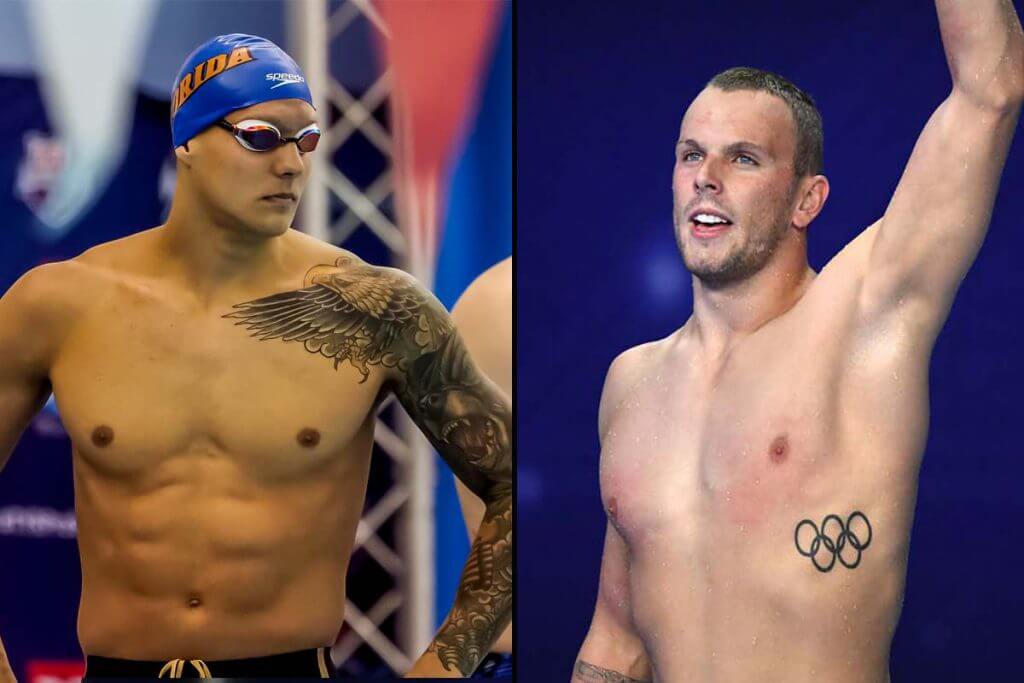
Editorial content for the 2019 World Championships coverage is sponsored by FORM Swim Goggles.
See full event coverage.
Follow FORM on Instagram at @FORMSwim #swimwithform

Five years ago, 17-year-old American Caeleb Dressel and 16-year-old Australian Kyle Chalmers each had big plans for their athletic futures. Dressel, long considered a future star in American swimming, had just recommitted to the sport after a six-month hiatus. On the other side of the world, Chalmers was aiming to follow his father into the Australian Football League.
Dressel had decided to swim for the University of Florida in coach Gregg Troy’s volume-heavy training program—a decidedly old-school approach to swimming that had ironically transformed into an unconventional methodology for sprint-based swimmers. And Chalmers? He still considered the AFL “my absolute dream and passion.”
Yes, Chalmers possessed incalculable natural talent for swimming, but he had never taken the sport seriously. No need, at least not until a cross-country trip to Australia’s Nationals in early 2015 dealt him a winning hand—a spot representing his country at the World Championships—and a freak injury in his sport of choice left him a decision to make: Football or swimming?
Chalmers picked the opportunity to represent his country in the pool, and so began a stretch when he could do no wrong. After winning two gold medals at the 2015 World Junior Championships, Chalmers and coach Peter Bishop crafted a plan to maximize his potential in the 100 free, first to simply qualify for Australia’s 2016 Olympic team as a relay alternate and then, after finishing second at Trials, to swim fast enough to qualify for an individual Olympic final.
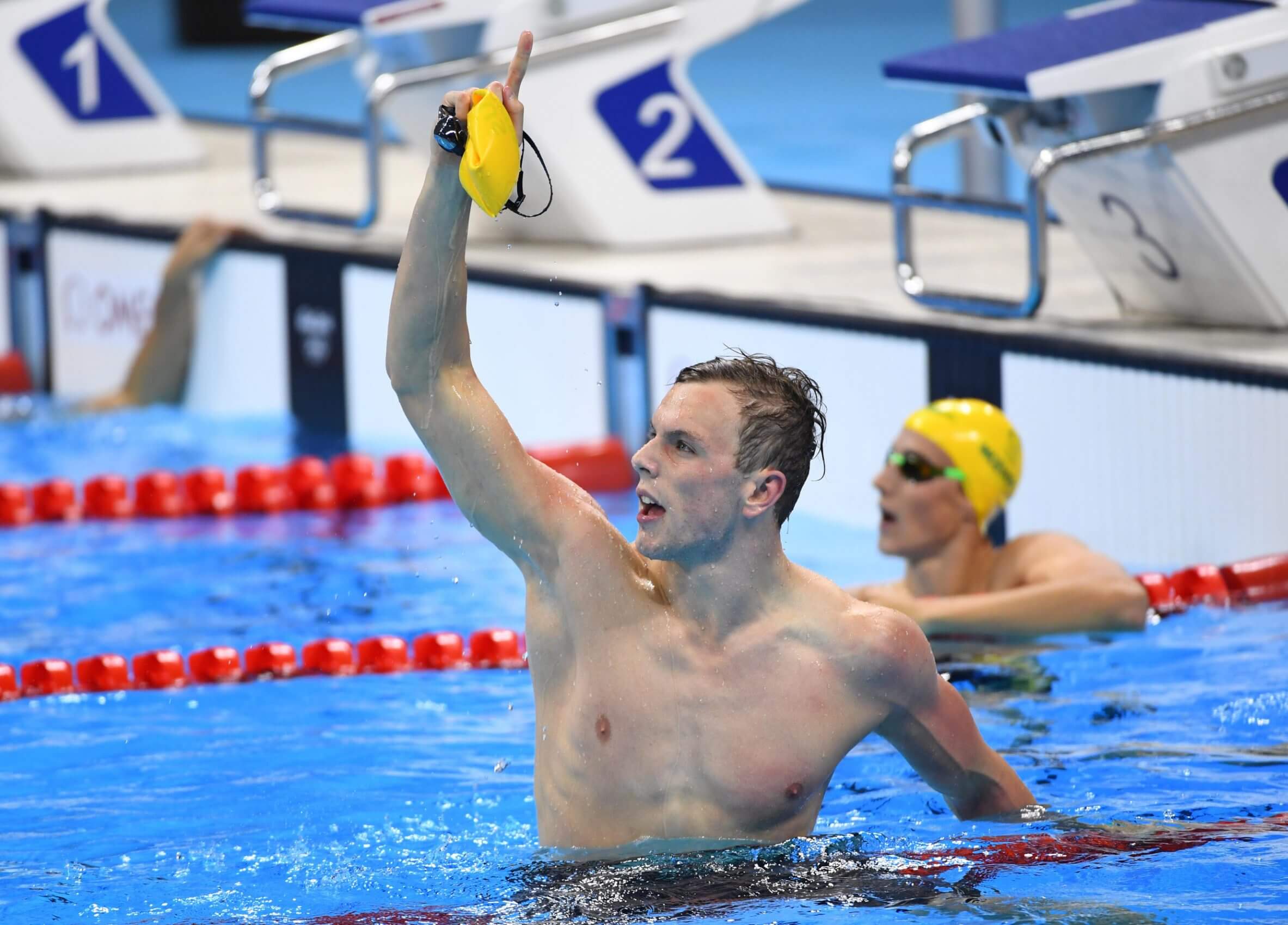
Kyle Chalmers after winning Olympic gold — Photo Courtesy: Rob Schumacher-USA TODAY Sports
Based on an analysis of recent trends, Chalmers and Bishop expected that a swim in the 47.5-range would put Chalmers among the top eight in the world. They created a plan to maximize Chalmers’ closing speed—and then executed it to near perfection. Home in 24.2 over the back half of his race, Chalmers became the Olympic gold medalist in the 100 free. His final time of 47.58 beat the world by a substantial three tenths.
So Chalmers left Rio de Janeiro with a new athletic goal, one far removed from his football-playing younger years: “I dream of going back to the Olympics next year and defending my title. That’s my absolute, ultimate dream in the sport.”
Dressel, too, became an Olympic gold medalist that week in Rio, memorably teaming with veterans Michael Phelps and Nathan Adrian to capture top honors in the 400 free relay. While Chalmers could finish a 100 free much quicker than anyone in the world, Dressel’s explosive start made him an ideal candidate to lead off a relay.
Indeed, Dressel propelled the United States foursome to the front of the pack early in the relay final. He faded down the stretch, but he had done his job, and less than an hour later, cameras captured Dressel wiping tears on an American flag as Phelps consoled him, the teenager overwhelmed in light of his first Olympic gold medal.
That would be the last time a big moment in the public eye proved too much for Dressel to handle.
The Dressel Era
In this young century, swimming has seen its disproportionate share of historic single-meet performances, where one athlete has taken the world by storm race after race while the world’s collective mind races to wrap its head around it all. Think Phelps 2008 or Katie Ledecky 2016—gold after gold, a world record almost every time out.
In 2017, Dressel joined that list at the Budapest World Championships. He broke no individual world records that week, but he came close on three occasions to supersuit-aided records previously believed to be far out of reach. Individually, he won the 100 free in 47.17, well ahead of Chalmers’ Olympic winning time from a year before and then, two days later in the span of an hour, won the 50 free in 21.15 and the 100 fly in 49.86.
That night, Dressel actually won three gold medals, completing the hat trick by leading off the U.S. mixed 400 free relay. Afterward, Dressel spoke of business as usual. His plan, the one he had long ago plotted out with Troy, was coming to fruition.
“I don’t think there’s any accidents in this sport,” Dressel said. “I’ve been scrutinized for what I do at Florida, but I had three swims in an hour and a half tonight, and I had to be on my A-game for all of them. It wasn’t an accident what happened tonight. I work well with Troy, and we were ready for it. It was very hard, it wasn’t easy, and I’m just very glad that Troy has a plan for me in everything we do.”
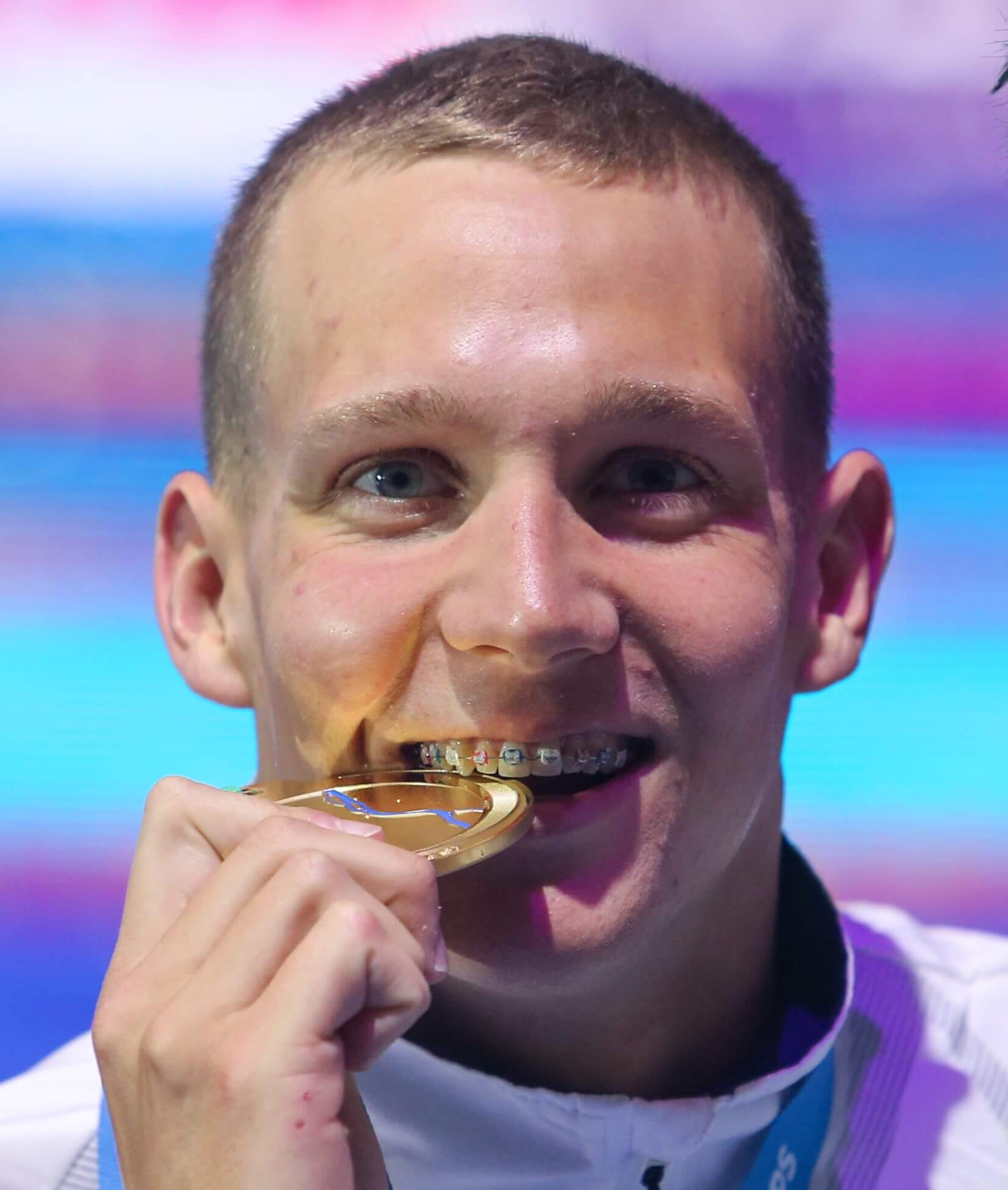
Dressel after winning gold at the 2017 FINA World Championships Photo Courtesy: SIPA USA
With relays taken into account, Dressel ended up with seven gold medals in Budapest, moving him into a tie with Phelps for most all-time at a World Championships. But still, Dressel was nonplussed. He pointed out that he had the advantage of swimming on mixed relays, recently added to the international racing schedule, and that he was “still getting my feet wet in international swimming.”
Seven months later, the next time Dressel broke a recor, dhis tune had not changed. After Worlds, Dressel has returned to collegiate swimming for his senior season, and he had just crushed the 200-yard IM American record at the SEC championships, seemingly a shocking result for Dressel in an off-event, but Dressel explained how he had spent the season training mostly with the 400 IM group.
“I can’t get too complacent in practice. You’ve got to bring it in practice,” Dressel said. “I came back hungry after that meet. I still want to do things in this sport. I’m just getting started. I just want to challenge myself and have fun in it.”
All that said with a straight face. Seven gold medals, and on to what’s next.
Getting Past Adversity
As Dressel lit the pool on fire in Budapest, Chalmers was down for the count. He had qualified to represent Australia at that meet, but he withdrew in order to undergo a procedure to fix an extra circuit in his heart. But Chalmers was in Budapest watching as Dressel rendered his status as standard-bearer in the 100 free obsolete.
“I saw the guys warm up. I was on the pool deck actually training. I had a quick swim session while they were warming up. I watched them prepare for the race,” Chalmers said. “To see Caeleb just go out there and absolutely dominate, it made everyone look silly almost because he was that far ahead, and to go a 47.1, that’s just a crazy time.”
Most stunning for Chalmers was Dressel’s 100 fly, when he missed a Phelps world record by a mere four-hundredths. He called that moment the first time in his football-centric life that he became a swimming fan. Chalmers later got a chance to speak with Dressel and congratulate him on a meet well swum, but he still cringed at missing out.
“It was hard not being able to be a part of the meet and kind of show that I deserved to be there as well,” Chalmers said.
Returning to the pool, Chalmers had become the 100 free underdog once again, with Dressel the gold standard. But neither started out on the right track in their early attempts at the event in 2018: Chalmers finished with a silver medal behind Duncan Scott in the 100 free at the Commonwealth Games, while Dressel finished a shocking sixth in the 100 free at U.S. Nationals.
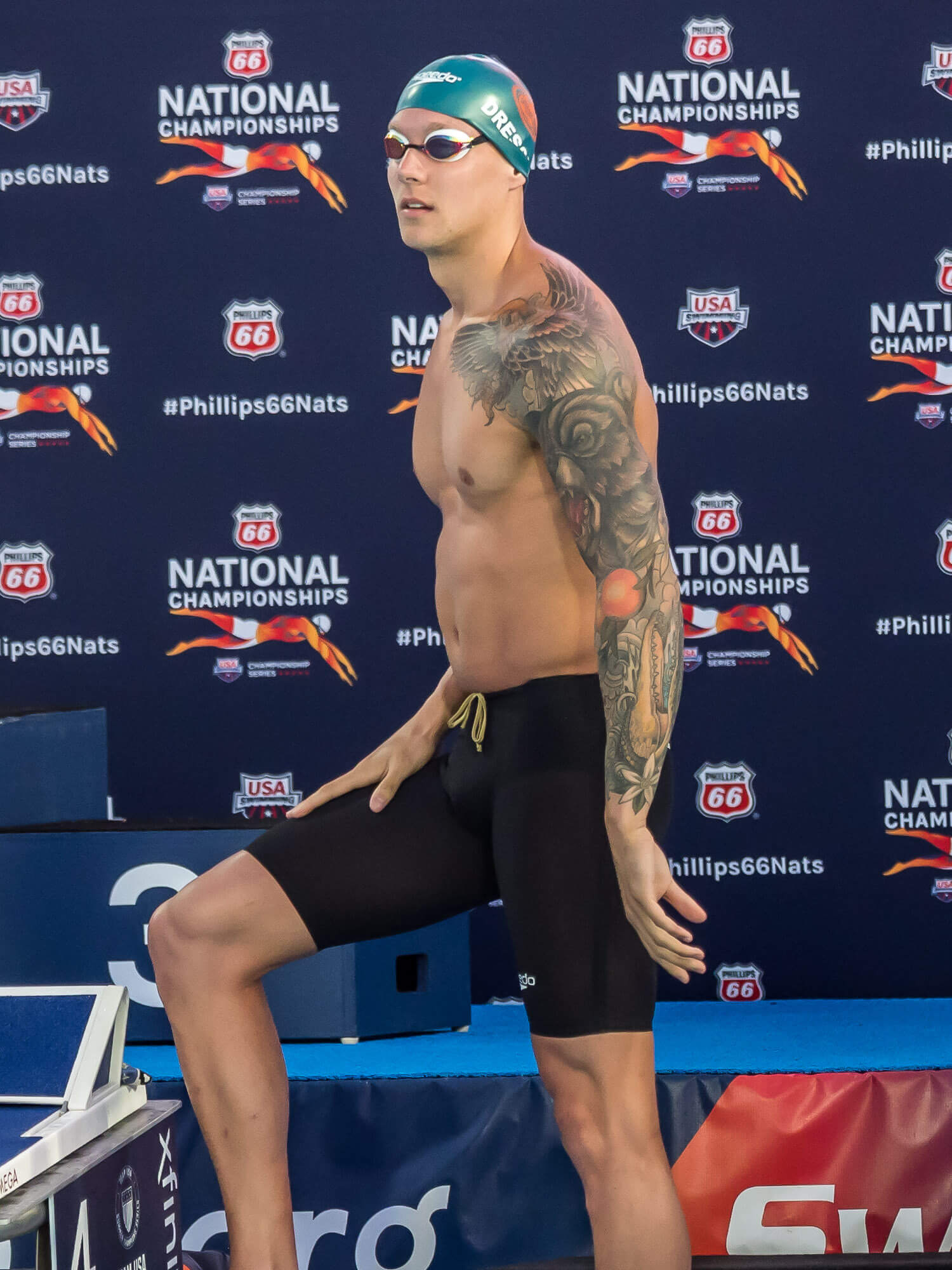
Dressel at 2018 U.S. Nationals — Photo Courtesy: Peter H. Bick
Dressel later revealed that he had been dealing with the aftereffects of a scooter crash less than a month before Nationals that had restricted his training for weeks. But few knew about the injury during the meet, and Dressel didn’t speak about what had gone wrong until he won the 100 fly, securing his spot at the Pan Pacific Championships that had abruptly come into doubt.
The 100 free, Dressel said, was “just a bad swim. You can’t avoid it in the sport. I’ve had a couple of good meets back to back, so it’s kind of refreshing to have just a really bad swim. I’ll take it in stride, take it stroke by stroke.”
And about that sudden possibility that Dressel might miss out on Pan Pacs—and by extension, the 2019 World Championships? Dressel was up for some adversity.
“I do enjoy the pressure,” he said. “I understand what comes with the sport and makes it fun and exciting. I know what’s on the line. I’m setting up the next two years with a race that lasted 50 seconds. I do enjoy that, and I didn’t want to crumble under that.”
Swimming’s Next Big Rivalry?
Once Dressel got himself to Pan Pacs, he could swim any event he wanted, and so he and Chalmers had the opportunity to race each other in the 100 free for the first time in two years. Neither would be at their best in Tokyo, but Chalmers got the win in 48.00. Dressel tied with Australia’s Jack Cartwright for second in 48.22.
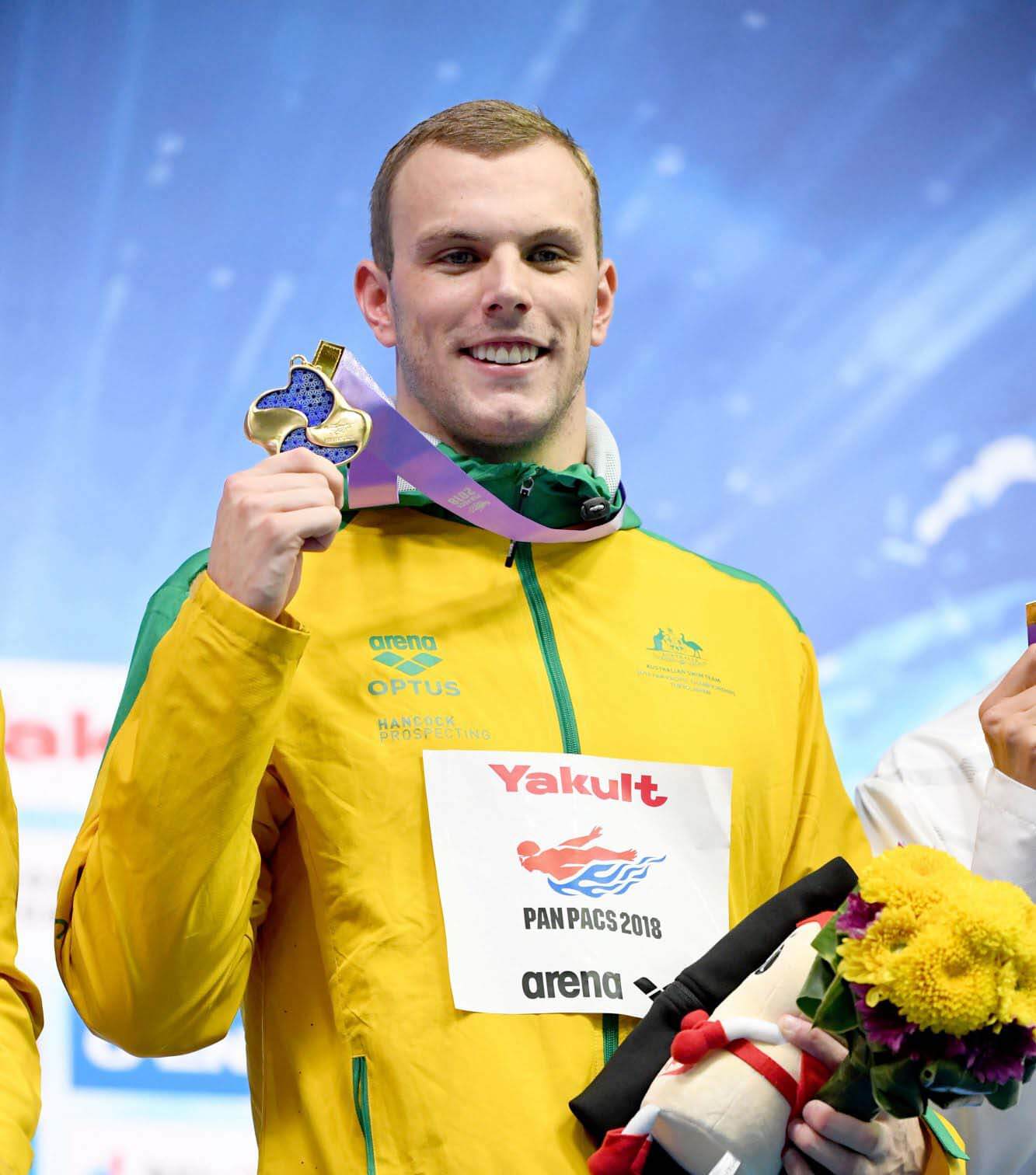
Photo Courtesy: Delly Carr/Swimming Australia
Neither Chalmers nor Dressel swam under 48 seconds in 2018, but both men have already done so in advance of the 2019 World Championships in Gwangju. Chalmers enters the meet with the world’s fastest time in the 100 free. After not swimming a lifetime best in the event since the Olympics, he has already swum two this year, a 47.48 in April and then a 47.35 at Australia’s World Championship Trials in June.
Dressel has swum a comparatively lighter racing schedule this year, with no qualifying meet for American swimmers prior to World Championships. His season best stands at 47.86, fifth in the world this year. Dressel has recorded multiple sub-48-second swims this year after never previously breaking the barrier outside an Olympics or World Championships.
That sets up perhaps the most intriguing dual of the entire meet: Two stars, both still young, both with a history of swimming their best in the biggest races, both coming off health-related setbacks, facing off for a world title in perhaps the glamor event of swimming—and both chasing a suit-aided world record (Cesar Cielo’s 46.91) that has lasted ten years.
The two men have lifetime-best times separated by just 18 hundredths, but they could not swim the race more differently. In Dressel’s best-ever 100 free, he went out in 22.31 on the first 50 and came back in 24.86. For Chalmers, his splits on the way to his top time were 23.13 and 24.22. So if Dressel leads Chalmers by a half-second or even more in the Gwangju final, the race isn’t over. Not by a long shot.
If the way they approach the 100 free is vastly different, Dressel and Chalmers share a significant commonality: young star power. Dressel is now 22, Chalmers is 21, and by the end of the month, either one could hold the world record in an event often dominated by veterans. Both will likely head to the Tokyo Olympics as one of the faces of swimming in their respective countries.
But which one will have the upper hand in Gwangju and then in Tokyo? That answer will come in short order.
.jpg)

- 2017 WORLD CHAMPIONSHIPS
- OFFICIAL MEET PAGE
- WATCH RACE VIDEOS
- LIVE STREAM
- DAY 1 SWIMMING RESULTS
- DAY 2 SWIMMING RESULTS
- DAY 3 SWIMMING RESULTS
- DAY 4 SWIMMING RESULTS
- DAY 5 SWIMMING REULTS
- DAY 6 SWIMMING RESULTS
- DAY 7 SWIMMING RESULTS
- DAY 8 SWIMMING RESULTS
- RESULTS FOR ALL AQUATIC SPORTS
- DAY 8 PRELIMS HEAT SHEETS
- DAY 8 FINALS START LISTS
- FORM Swim for Coaches
- FORM Swim Sponsorships
- FORM Swim Contests
- FORM Swim Media




Cannot wait!!
Laura Sinfield
My money is on Dressel ?